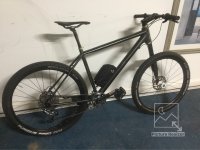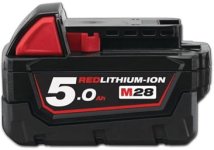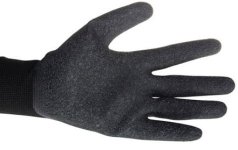Kepler
10 MW
sotaro said:Kepler said:Sure, no problems. You would need a minimum of 10 though setup 2S5P. That would give you 24V and 20A
oops, I don't understand. Based on voltage and amp hours I would think that I would need 6s 3p. As the packs are already 3s, then I would need 6 packs to yield 22.2V 12.75Ah. As you are the learned one and I am the beginner, is the reason for the 5p instead of 3p to supply the needed current?
Neil's batteries are max discharge of 4 amperes (0.9C). Multistar constant discharge is 10C (2200 watts) with 10 second max of 20C (4400w).
The advantage of Neil's batteries is by my calculation 1/3 price 1.5x weight or by yours, half price, 2.3x weight. The energy density is close (within 6%).
Thank you for reexamining my question. How do I order and when might the bits arrive?
Those packs are 3S so 11.1V nominal. I just rounded it out to 12V for the sake of round numbers. You need a minimum of 2 of these packs in series to give you 22.2V however you still only have the ability to draw 4 amps from the 2 packs in series. Keeping in mind 4 amps is a max draw for these packs, place 5 of the 2S (2 series) in parallel will give you a max draw of 20 amps. Depending on how you set up your current limits, 20A will be pretty common to hit under acceleration. These packs have built in protection so if you go over the max amps, it will trip the pack out. This would then have a cascading effect with current draw capacity dropping off as each pack goes above its 4 amp peak.
You might be able to get away with 2S4P (8 packs) but I doubt it. Good thing is you can try 2S4P first see how it goes, and add extra packs in parallel until you get a reliable setup. I would recommend you purchase 12 packs so you can do some experimentation.
In regards to purchasing a drive bracket, I will send you a PM with the details.





